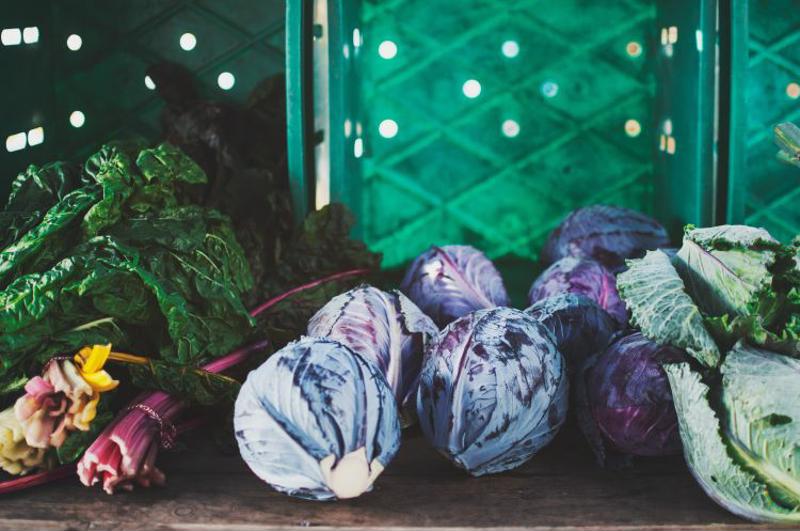Farm-to-table is no longer just a single trend that focuses on bringing local food to restaurants, school cafeterias and other locations within the same community. The concept of farm-to-table is now an umbrella of sorts, with many smaller concepts and ideas underneath it. Austin culinary arts students should keep abreast of the latest developments in the farm-to-table space to remain in tune with industry changes and customer preferences.
Looking at new farm-to-table ideas
Root to stem
The root-to-stem movement is a logical extension of the original farm-to-table concept; it just focuses on a different part of the many workflows and processes that make up the foodservice industry. By aiming for the responsible and complete-as-possible use of ingredients, this concept brings other dimensions of waste and inefficiency to light.
Chefs can use leftover parts of ingredients in a variety of recipes, from soups and stews to desserts, with the right amount of planning and inspiration. Because the type and amount of ingredients can vary so much from one farm-to-table restaurant to another, chefs will have to draw on their own knowledge and experience and that of their staff to minimize food waste and use as many parts of an ingredient as possible.
The root-to-stem concept may also become more prevalent among mixologists and bartenders as well, with the farm-to-shaker idea built on using local ingredients and avoiding waste when making drinks. Infusions, syrups and even garnishes are all possible uses of leftover ingredients at the bar, and this is an area where chefs and bartenders can collaborate.
 Farm-to-table trends won’t go away any time soon.
Farm-to-table trends won’t go away any time soon.Farm-to-table, no matter the location
In areas with ample farmland available for restaurants and chefs to grow their own ingredients, the farm-to-table process is somewhat easier to manage. However, the overall trend may move toward expectations for restaurants to use fresh, local vegetables, fruits, grains and meats no matter where they’re located. How can restaurants and individual chefs grow ingredients in dense, urban areas where space is at a premium? Alternative growth methods that don’t require the traditional components of an outdoor garden may be the answer.
Hydroponics and aeroponics – growing vegetables in water, or air or mist stocked with necessary nutrients, respectively – are two effective strategies for getting a variety of fruits, grains and vegetables in areas that aren’t close to farms. Although they require some special equipment to keep plants stable and healthy, they also produce high yields that can meet the demands of popular restaurants.
Gardening in nontraditional areas, like rooftops and small, empty areas of the restaurant’s lot, are also possibilities. It often takes some trial and error to find out how to successfully grow ingredients and which plants perform the best in a specific area. However, the results can be very positive for many restaurants.
Broader interest in farm-to-table
While the desire for locally grown ingredients is nothing new and there has long been a dedicated – and growing – group of diners who are especially interested in eating such meals, 2018 may be a tipping point of sorts for farm-to-table. As the concept has endured, more people have joined in and there’s no doubt overall awareness of localized ingredient sourcing and eating is higher now than it was 5 or 10 years ago.
This increasing interest in farm to table processes means the concept is no longer limited to the most health-conscious or trend-aware eaters. Desires for more local ingredients could soon spread into a number of different market verticals within the restaurant world.

